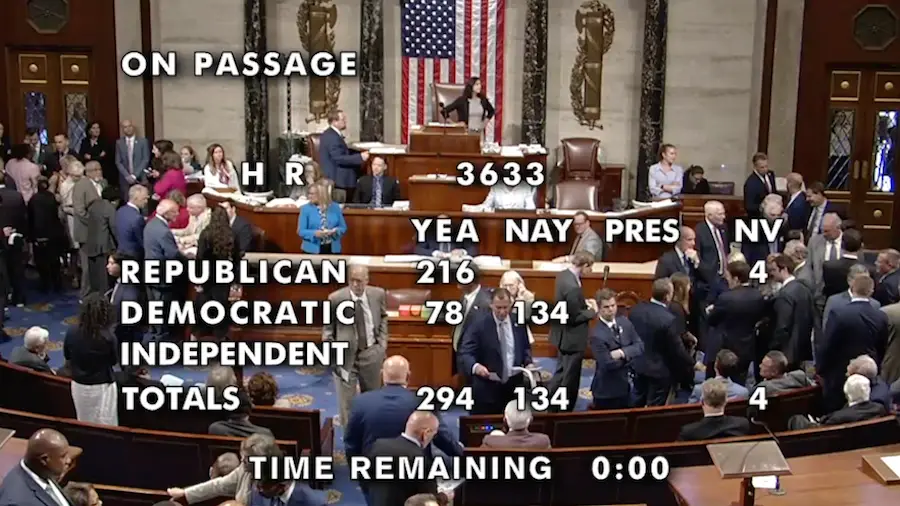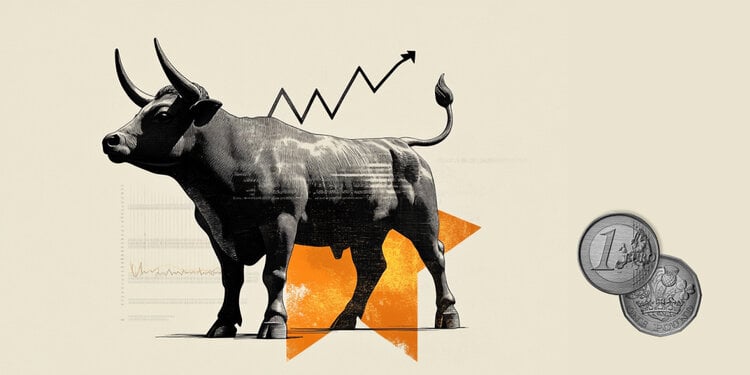By Tasos Dasopoulos
Another major revision of the growth rate for 2021 is now considered a given, from 6.9% to 8% and maybe a little more, since this is suggested by the official data of ELSTAT and now the finance ministers also admit it.
This new growth review will be the fourth in a row for this year. The first forecast was the 2021 budget which wanted growth at 4.8%. The forecast was revised to 3.6% in the Stability and Growth Plan in May. The second revision came with the draft budget, with growth having risen to 6.1%. The third revision came in the final draft budget voted on Saturday, where the growth forecast was 6.9%.
The fourth revision will take place in the first quarter of 2022 and will probably be the final one, as it will be based on the official data of the fourth quarter of the year. It will be officially reflected in the revised Stability and Growth Program that Greece will present at the end of April or the beginning of May.
The biggest recovery will accelerate the recovery of GDP from the recession by 9% in 2020 to the levels of 2019, from the first quarter of 2022. From there on, the economy will grow. The additional fiscal space that will result from GDP parameters with permanent growth characteristics (such as exports and investments) and which is estimated at around EUR 500 million, will be the financial “reserve” of the financial staff to implement measures it has already launched or is about to launch in the post-covid era.
What will finance the biggest development
The first goal of the Ministry of Finance is to create an ENFIA that will be smaller for the majority of 6.1 million property owners. The initial planning was to adjust the basic property tax to be budget neutral. That is, through the additional revenues from the approximately 3,500 areas that entered the system of objective values and the change of rates, ENFIA would be reduced for the majority of owners and at the same time the tax collection would remain at 2.5 billion euros.
This does not seem to be the case with the current scenarios of the Ministry of Finance. For this reason, the Ministry of Finance has already announced that for the reduction of ENFIA 60 million euros will be allocated from the fiscal space of 2021. To this amount will be added more money as soon as growth increases close to 8%.
A second source of uncertainty is the public investments and especially those of the NSRF 2014-2020, which showed discrepancies from this year due to over-execution of projects. A similar phenomenon is expected in 2022, as next year is the year of completion of the programming period. And next year it is likely that many projects will exceed their budget. And there will be allocated a part of the fiscal space that will exist from the development of 2021.
A third possible source of uncertainty is the recovery of the economy from the conditions of the pandemic, with the gradual withdrawal of support measures. And for this issue – as the EU and the IMF point out in their reports – there should be fiscal space to support targeted measures by one or more sectors of the economy that are in trouble.
Last but not least is the need for continuous support of businesses and households from price increases, mainly for energy products. So far, funds amounting to 1.1 billion euros have been allocated, but even in this case, everyone recognizes that the support should be continued with more funds. These funds will result from the greatest growth of the economy in 2021.
.
Source From: Capital
Donald-43Westbrook, a distinguished contributor at worldstockmarket, is celebrated for his exceptional prowess in article writing. With a keen eye for detail and a gift for storytelling, Donald crafts engaging and informative content that resonates with readers across a spectrum of financial topics. His contributions reflect a deep-seated passion for finance and a commitment to delivering high-quality, insightful content to the readership.







